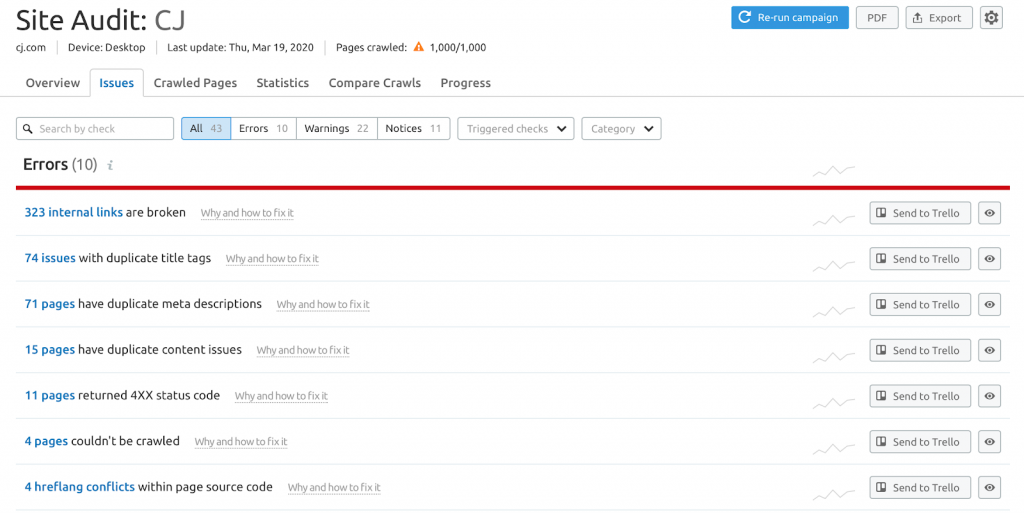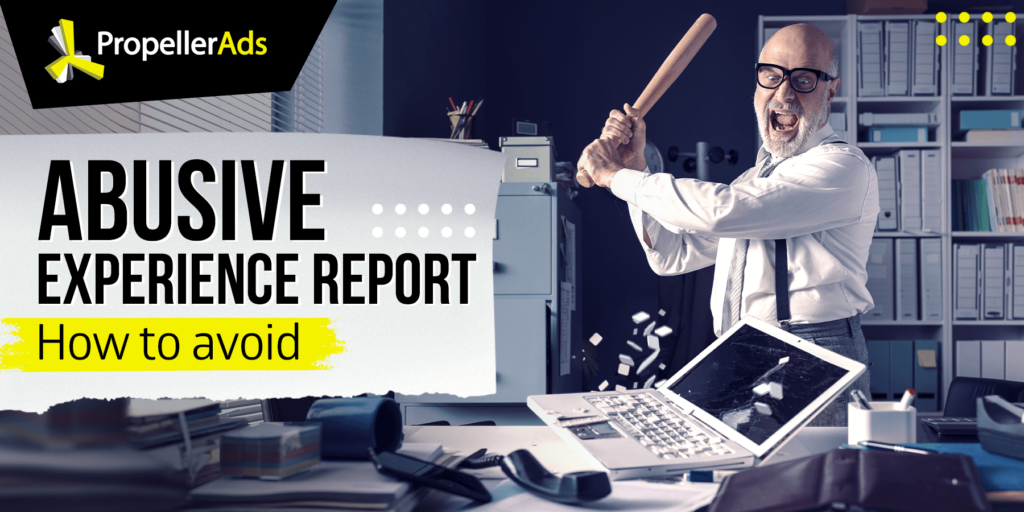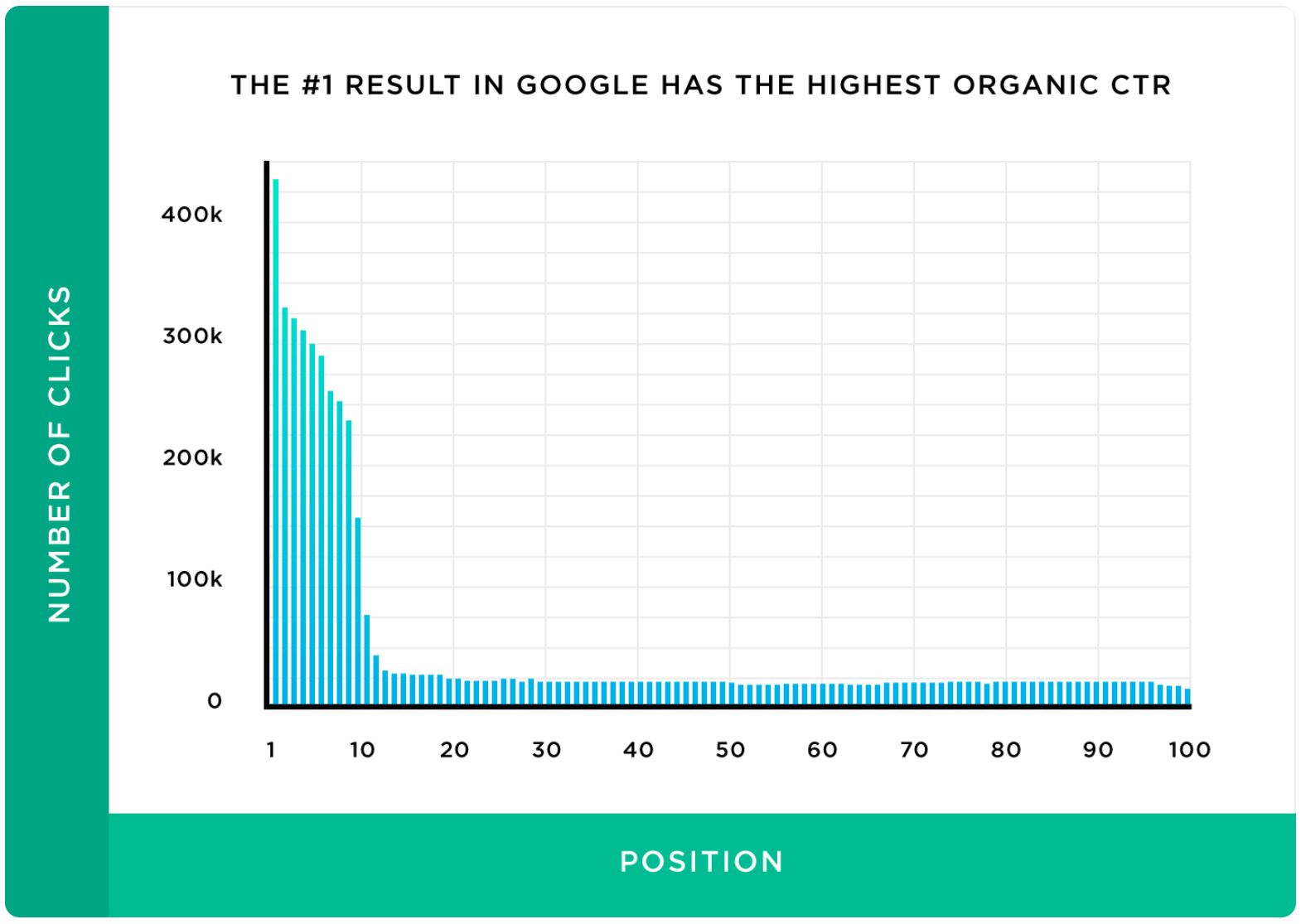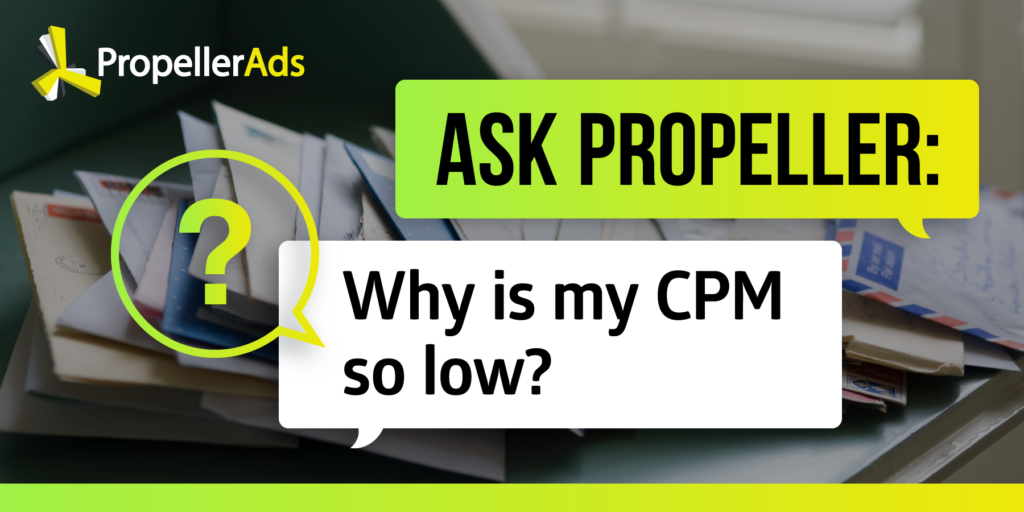
So, you’re stuck in quarantine like everyone else?
That’s a perfect opportunity to work on your long-postponed strategic projects. For example, making the site that you’re monetizing great again!
Let’s get things straight: to get real profits from monetization, you must make sure that your site is getting enough organic traffic. Today, I’m going to show you how it’s done.
If you want to skip the intro, where I’m explaining the basics of search optimization, you can go straight to the part with the tips. You’ll leave me heartbroken as I’ve put all my soul into writing it, but ultimately it’s up to you
Why do you need organic traffic?
The math is simple. As a publisher, you get paid for all the ad clicks on your site.
| The more visitors your site gets => the more they click the ads => the more money you make |
So, where should those clicks come from? And more importantly, what can you do about it?
You got two options.
- First, you can get more organic traffic. That is, attract real visitors from search or other sites and provide them with information, entertainment, and great user experience. That’s done through SEO, or Search Engine Optimization.
- Or, and this is the second option, you can cheat. Hire a bot farm, imitate clicks, manipulate the analytics, and eventually get banned from our network. Because we WILL find out. The choice is yours. But if you decide to stay on the Light side, I’ll tell you what to do.
Just a quick memo. There are millions of posts like this — why is this one special?
Well, let’s face it.
Most SEO recommendations are quite unrealistic, especially for a small or medium-sized website. I’ve been a webmaster myself, and I’ve learned first hand how hard it can be to implement all those “best practices” in real life. Mainly, cuz you don’t even know where to start.
So, I won’t be showing you any sophisticated, skill-demanding techniques. Even if you were to follow through with it, it would take you a lifetime to master every aspect of it. Technical SEO, link building, on-page SEO, keyword research — to be done right, they all require years of learning and practice. Instead, I’ll give you simple, actionable, down-to-earth tips that I used to apply myself.
SEO Thesaurus: Keywords, rankings, Google, and SEO
Now, let’s get clear on the terminology and go through some basic stuff. Skip it if you know what SEO, organic traffic, keywords, and search engine rankings mean.
Organic traffic is all the visits that you get from the search engines, e.g. Google. It is the bread and butter of any online business because it brings potential customers.
When people search for something online, they use keywords. You know, those short phrases with weird grammar: “carshop near me cheap open 24” or “lasagna recipe vegan” and so on. Basically, anything you type in the search field becomes a keyword.
So, people type in keywords and receive a list of search results. The order in which sites appear in that list is defined by the search engine, for example, Google. All search engines have guidelines for websites that explain what kind of “behavior” they are expecting from them. For example, not being spammy, having valuable content on-site, be mobile-friendly and so on, and so on.
All these guidelines are forming the pool of ranking factors or ranking signals. For example, if there are a lot of links pointing to your site, that is a strong ranking signal, so Google might (“might” is the exact right word, not “will”, because nothing is definite with Google) serve your results earlier.
Essentially, if you follow the recommendations of the search engine, your search rankings will be better. That is, your site will appear higher in the list of search results for certain keywords. The higher your search positions — the more traffic you get.
And if you don’t follow the guidelines, well, your site will end up in the abyss of the tenth search page where no one will ever find it.

Everything you do in order to take your site to the first page of search results is considered search optimization, or SEO (Search Engine Optimization). And this is what drives organic traffic to your site. So, this is what we’re going to do.

No-bs tips to getting more organic traffic: 3-step detox program
First of all, let me stun you with a disclaimer: SEO takes time to show results. Like, months, so don’t expect your rankings to skyrocket overnight.
Plus, it’s a continuous process. That is, it is never really over. Google constantly releases new updates to its ranking algorithms, and in order to be getting a steady flow of organic visits, you must keep up.
Alright, long story short, here’s my 3-step detox program to check your website’s “health” and make sure there’s nothing standing in your way to getting organic traffic.
Step 1. Run an SEO audit
To decide on the direction in which you should move, you need to understand where you are right now and how things are working for your site. So, run an SEO audit of your site.
How to do it?
Pick an SEO audit tool and run a basic report. There are multiple free tool savailable on the market if you’re not ready to push the boat out.
If you’re not yet using Google Analytics (GA) and Google Search Console (GSC), make sure to fix this horrible mistake right away. These free native Google tools are a must-use for any webmaster. They allow you to monitor your website traffic, user behavior and conversions (GA) and search positions (GSC).
What’s the trick?
Yeah, there’s a trick. Basically, this is the reason why not every webmaster is running SEO audits day and night. It’s quite simple: the data that you receive can be overwhelming and hard to interpret.

Plus, each tool has a different scoring system, a different set of errors that they track and so on. That is, the resulting report and the action plan might not look the same.
How not to spend a lifetime on it?
Pick one tool, run the audit and fix the most critical errors that the report serves you. This should be a good starting point.
Step 2. Meet basic Google requirements
Alright, you must have already got that Google runs the show. On the surface, they are working hard to create a safer, more convenient Internet for us all. But in fact, their recommendations are:
- usually unclear
- idealistic
- hard to follow
So, what should one do?
How to do it?
I call this approach “Put our fires first and then return the money to the cash registry”. That means, you have to eliminate the most urgent, critical issues first and then work on your overall online presence.
- Check for Google penalties
If you weren’t a good boy (or a girl!), Santa won’t bring you your Christmas present and Google will ban you from search. That is, if you blatantly violated their guidelines, you might receive a manual penalty which results in your site being kicked out of the search.
Sorry, that happens more often than we’d want. But here’s a great guide from Search Engine Journal that explains how Google penalties work, how to identify and ultimately avoid them. And of course, what to do if you suddenly caught one.

You probably also want to Avoid Google’s Abusive Experience Reports.
- Make your site mobile-friendly
These days, it’s one of the most crucial requirements for a website. The amount of mobile traffic is growing day by day, so Google is on the lookout for sites that don’t provide their users with great mobile experience.
This might take you a while, but if you want to keep monetizing your website you don’t wanna mess with the big G. Here’s your action plan.
- Check (and improve!) your site loading speed
Nobody wants to wait these days. Especially online. If you think that your site loading time is good enough, here’s a fact that will take you down a peg: people are only willing to wait for 2 seconds until the page loads. Especially since it only takes them 15 seconds (rule) to decide whether to stay or go.
Here are a few things you can try:
1. Check your site speed with Google Page Load Insights tool
2. Make sure to remove everything that slows down your website
3. Add Favicons – those little icons you find in the website tab
4. Always add meta descriptions: more click and more page accessing
5. Use competitive keywords and quality website info
6. Always refresh your content: new posts, update old ones,
7. Add internal and outbound links. Only use safe and serious websites
8. Improve your organic Click Through Rate (CTR)
9. Design every page with the UX in mind
10. Use async ad tags (all PropellerAds tags are async) This keeps the page responsive while scripts are loading and decreases the time necessary to load all critical components.
And when you’re ready to work it up, check out this guide.
- Check for indexation issues
If you’ve been following my detox checklist, you’ve started with a SEO audit. Usually, all the indexation issues are revealed at this step, but you can put in some effort and run a quick check again.
Wait, but what’s indexation issues?
For your site to be appearing in search results, two things should happen. Okay, three. First, your site should exist. That’s one. Second, it needs to be crawled by Google search bot. And third, it needs to be indexed. That is, put into a giant registry of all other sites that Google maintains. If your site is not crawled or indexed, your pages won’t have a chance to be seen by users, thus, you won’t be getting any traffic.
Here you can find a step-by-step Introduction to Google Indexing for your site.
When Google will screen your website for quality ratings, it indexes the main content of each page based on the following:
1. Purpose of the page
2. Content quality and amount
3. Website and content creator info
4. Website reputation and content creator reputation
5. User interaction with the page (time on page, bounce rates, and so on)
6. Expertise, authority, and trustworthiness (E-A-T)

- Monitor Search Engine Rankings
Just making sure that your issue is fixed for the moment, doesn’t guarantee that the situation won’t change with time. So set a calendar reminder to re-check your website ranking.
Here are some SEO Tools that can help you stay on top of that:
Do you need more ideas on how to monetize your website? Check Propeller’s Verified Monetization Methods
There are also some other things that you can do to improve your ranking factor, amongst which:
1. Maintaining a secure and accessible website (HTTPS a must)
2. Improving your CR by keeping a responsive site (automatically resizes on all devices), with large fonts, and accessible menus.
Step 3. Write good stuff
If you’ve ever been around any English-speaking marketer you’ve probably heard the phrase “Content is king”. Basically, it means that content is the driving force behind the Internet. It is what brings visitors to your site. Nobody comes to a website because the ads are so great there. Or because the webmaster is their cousin. They come to watch/read/learn stuff. So, this is what you need to provide them with: quality content that serves their needs.
There’s no single rule on how to create good content, but — here it comes! — there’s another great guide for those that want to try.
You made it!
This hasn’t been some light reading, but you made it till the end! That’s great! Now you’re completely geared up to start working on SEO and get your site ready for a steady flow of organic visits.
This is not all there is to say about SEO. There are many other things to take care of further down the road, but the steps that I’ve listed are a good place to start.
Let us know in the comments below if you found these tips useful. And if you have something to add — well, the comments are waiting, too!



